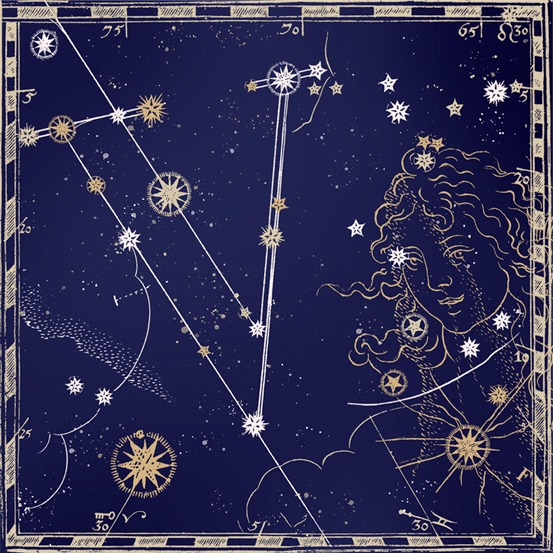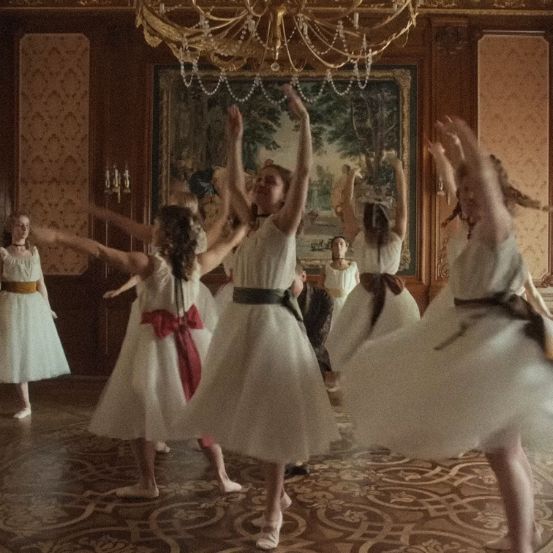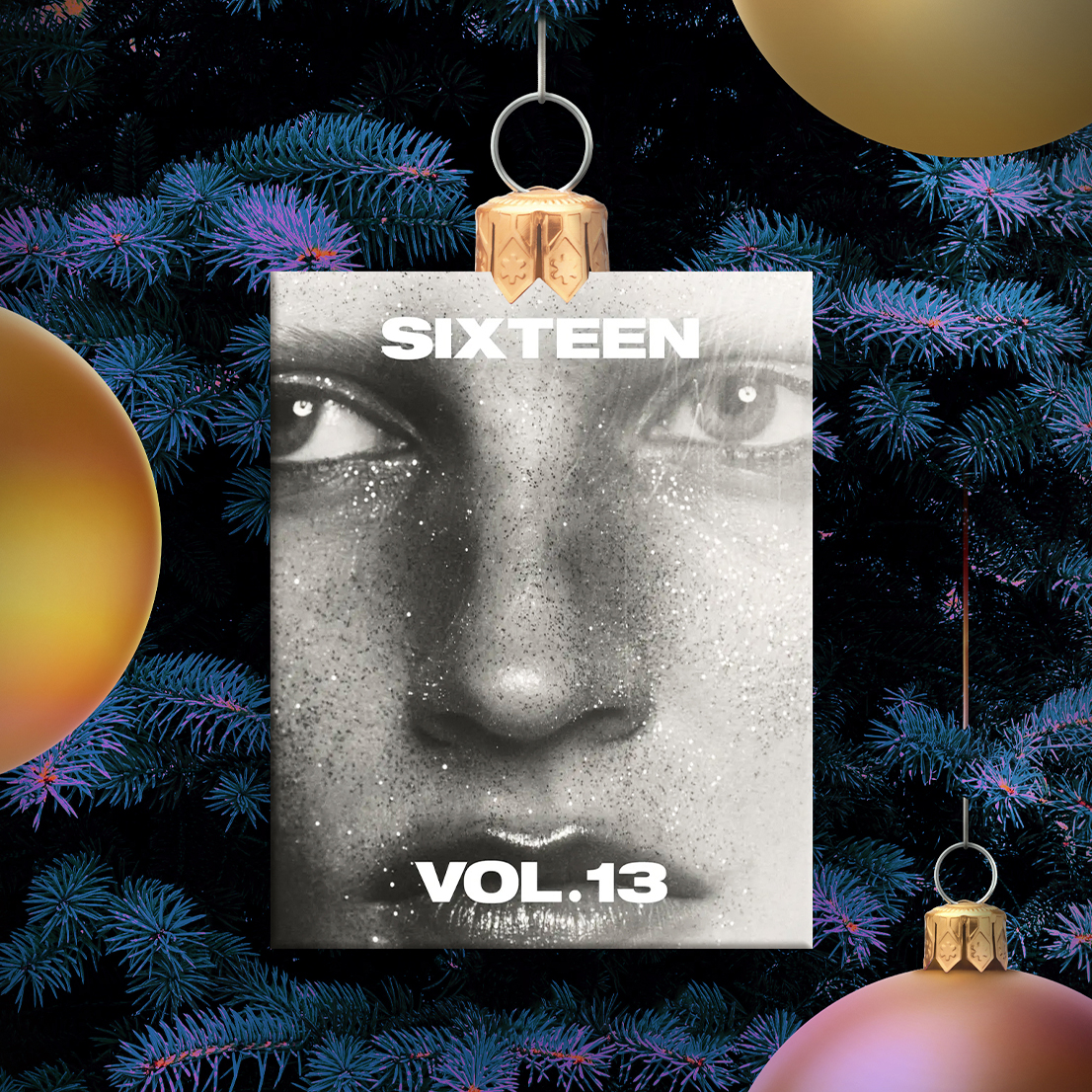The Big Book of Trends
From Kate Moss to the then disruptive Dove or United Colours of Benetton campaigns, fashion advertising is a narrative of identity and connection. It inspires us to take risks, experiment and embrace our authenticity, while keeping brands relevant in an ever-evolving digital world.
Fashion advertising campaigns over the decades have featured some of the most iconic and memorable images, some simply because of their iconic protagonists. In 1993, for example, Calvin Klein featured Kate Moss in a striking campaign; in the early 1990s, Dolce & Gabbana launched an advert for spring 1992 with Monica Bellucci and Isabella Rossellini; Guess opted for Claudia Schiffer in spring 1991; in 1990, Gianni Versace presented Stephanie Seymour, Karen Mulder, Helena Christensen, Linda Evangelista and Cindy Crawford; Nadja Auermann and Claudia Schiffer teamed up for Versace Jeans in 1991 and the designer also collaborated with Richard Avedon for a campaign in 1994. The 2014 Chanel No. 5 campaign featured Gisele Bündchen, while Dior presented Charlize Theron for the J'adore fragrance and Natalie Portman for the Miss Dior perfume in 2015. Prada also made its mark with Joaquín Phoenix in spring 1997 (by Glen Luchford), and Céline presented Joan Didion in 2015, in a campaign photographed by Juergen Teller. Known for its untouchable image and aura of intellectuality, Céline stands out not only for the sophistication of its garments and the elegance of its designs, especially during Phoebe Philo's time, but also for celebrating intelligence by promoting notable figures, such as the American writer Joan Didion (1934 - 2021). In 2015, the Maison's advertising campaign featured not only Didion, but also dancer Marie-Agnes Gillot and model Freya Lawrence, causing quite a stir in the fashion world. When Vogue - which was Didion's home in the early days of her profession - announced in January 2015 that the writer was the star of the Céline campaign, with a photograph of her wearing a black shirt, a large gold pendant and sunglasses, the reaction was positively intense. Asked by The New York Times about the sensation she had caused, Didion, then 80 and known for classics such as The White Album, Slouching Towards Bethlehem and The Year of Magical Thinking, responded modestly, saying she had no idea of the impact she had generated. Didion mentioned that the idea of taking part in the campaign came from Céline herself and expressed her appreciation for the brand, which even had a shop on Madison Avenue near her flat. Didion also revealed that she had a few pieces from the maison in her wardrobe. She also recalled that it wasn't her first modelling experience. The famous cover image of her memoir Where I Was From was later honoured by Céline with its regular model, Daria Werbowy. The American writer also took part in a Gap advertising campaign in 1989, proving that having credentials and being the face of brands is not new.
But there are also campaigns with illustrious unknowns that are part of advertising history for their message and disruption, one of them being Dove's Real Beauty campaign, with several versions over the years, in which authentic and diverse beauty is emphasised. As protagonists, Dove resorted to casting ordinary women with ‘real curves’, as it advertised creating identifiable faces and bodies in their multiplicity of silhouettes without the need to hire any famous personalities. United Colors of Benetton, under the direction of Oliviero Toscani, also stood out for its numerous out-of-the-box approaches, which we'll mention again later, some of which were so irreverent that they were even banned, not only for the graphics of their images, but also for the underlying idea - from a kiss between two clergy figures to hearts in living flesh, Toscani really broke with the prevailing canons of his segment. He wasn't the only one. The 2000 YSL Beauty campaign featured - not without some controversy - Sophie Dahl (naked), and Tom Ford launched its men's fragrance in 2007, photographed by Terry Richardson: the bottle appeared in close-up between the breasts of a naked woman. The result? The usual chatter on cyberspace. Nothing he wasn't used to: in previous years, Ford had already sparked controversy, still as creative director of Gucci, in a series of images, to which we will revisit in this text, with that sexual connotation, albeit always sophisticated and elegant, which seemed to serve as his signature.
Fashion advertising is essential in the world of trends for several reasons. Firstly, it acts as a visual language that communicates the latest trends to the public, reflecting the constant changes in the industry. It helps brands gain visibility in a competitive market, leaving a lasting impression on consumers: a well-designed fashion campaign moulds a brand's identity, conveying its values and aesthetics, and creates a connection with the target audience. It also influences consumer behaviour through eye-catching images and persuasive messages that can lead to purchasing decisions, and leading brands also use advertising to set industry standards and inspire other designers. In the digital age, social media advertising is crucial to connecting brands with audiences and maintaining relevance in an ever-changing online landscape. The fashion industry contributes significantly to the global economy, and its campaigns help drive sales, create jobs and sustain the supply chain. Celebrity endorsements and collaborations with influencers increase a brand's credibility and broaden its reach. As well as promoting collections and events, fashion advertising reflects and contributes to cultural conversations about social values, diversity and the evolution of style and beauty. In short, it's a dynamic force that shapes and contributes to the vibrant fashion industry. But if we pay attention to the images, it's easy to conclude that the ones that shocked the most were also the most striking. Franca Sozzani (1950-2016), the legendary former editor of Vogue Italia, was a master of using controversy as a creative tool. In August 2010, she launched an editorial entitled Water & Oil, inspired by the environmental disaster of the oil spill in the Gulf of Mexico. The images, which showed model Kristen McMenamy covered in oil on a devastated beach, divided opinions. Some people considered the work to be in poor taste, while others saw it as a powerful work of art that reflected reality in a raw and impactful way. Sozzani didn't seek to shock for the simple pleasure of provoking. Her work didn't just sell clothes, it also told stories and expressed strong opinions. Sozzani's approach transformed Vogue Italia into a platform for reflection and debate on the most relevant issues of the time. Her creativity was courageous and innovative. In the documentary Franca: Chaos and Creation (2016), produced by her son, Francesco, we see how she faced resistance because of her provocative approach. However, her vision and determination allowed her to overcome these barriers and create a lasting legacy. Being creative often involves taking risks and challenging the status quo. Protected by her position and support networks, Sozzani never allowed herself to be intimidated by the fear of repercussions. Her courage and clear vision have made her one of the most brilliant and influential fashion editors in the contemporary world. Creativity doesn't necessarily require shock, but the ability to provoke strong reactions can be a powerful tool for capturing attention and stimulating critical thinking. Whilst on the subject of ‘shock’, it's impossible not to mention Terry Richardson. In 2001, the photographer and Sisley caused controversy with a provocative advert featuring model Josie Maran drinking milk straight from a cow's teat. The campaign marked the beginning of the partnership between the photographer and the Italian brand, whose approach seemed to be ‘speak ill, but speak’. In 2002, Yves Saint Laurent caused a scandal with the launch of a new perfume, presented by a campaign showing a man almost naked, recalling a similar approach by Saint Laurent himself in 1971. Tom Ford, then creative director, justified the choice by stating that ‘perfume is worn on the skin, so why hide the body?’. Another daring campaign by Ford was Gucci's spring/summer 2003 campaign, which featured a brand logo engraved on the pubic area of model Carmen Kass. This advert was banned in the UK, but today it is praised for its irreverence. Photographer Oliviero Toscani, appointed art director of the Benetton Group in 1982, created campaigns that confronted the public with shocking images, such as a man dying of AIDS or people of different ethnicities together, something controversial at the time. Toscani said that ‘there are no shocking images, there is only shocking reality’. His campaigns, which dealt with issues such as the Gulf War and racial inequality, used advertising to expose realities that are often ignored.
Today, brand building seems to be different. After years of relying heavily on trackable performance marketing, the fashion marketing landscape is changing. According to a BoF-McKinsey survey on the state of fashion in 2024, 71 percent of executives plan to increase spending on brand marketing this year, while 46 per cent intend to do the same with performance marketing. This represents a fundamental shift for many fashion companies, including direct-to-consumer brands that have built their identities using trackable and targeted performance marketing strategies. In an article published by Business of Fashion about the study, “several factors, including pressure on discretionary spending, are whetting consumers’ appetite for engaging brand narratives that capture their aspirations and interests, going beyond the products on offer. Driving this change are the rising costs of performance marketing and new data privacy regulations that restrict customer segmentation, forcing marketers to find new ways to engage consumers.” Although brand marketing, by its nature, doesn't allow for the same depth of trackable insights as performance marketing, it does offer other benefits - namely, if done effectively, it can help brands stand out in an increasingly saturated media world. Brand marketing also proves crucial in transforming a brand's market position, often helping it to capture new customer bases. This requires a multi-faceted strategy over time, rather than isolated moments. Sustained and holistic, brand marketing can transform a brand's image, as shown by several recent examples reported by Business of Fashion. These include Hugo Boss, based in Germany, which “launched an image overhaul with a major investment in marketing to attract young consumers. With a new, differentiated approach to ‘Hugo’, aimed at Gen-Z, and ‘Boss’, aimed at Millennials, it updated its logo and other visual elements, recruited ambassadors such as Hailey Bieber, and launched high-profile campaigns such as fashion shows and sponsorships of sporting events. In March 2023, the company announced record annual sales, largely attributed to the momentum gained in 2022 with the new Boss and Hugo brands.” Italian luxury house Ermenegildo Zegna Group has also simplified and modernised its image, condensing three sub-brands into one and collaborating with luxury streetwear brand Fear of God to attract a younger audience. Zegna's 2022 annual sales increased by 16 per cent compared to the previous year.
As consumers seek greater connection and authenticity, fashion marketing is focusing on building brand narratives and creating emotional affinity through various channels. One strategy is to highlight the personalities behind the brands, such as founders and creative directors, as seen in brands like Miu Miu and Jacquemus. However, it's also possible to build communities without relying on public figures, as Nike does with campaigns focused on social causes. Creating memorable shopping moments and immersive shops is another effective approach. Examples include Jacquemus' wallet vending machines and Chanel and H&M's interactive experiences. Mixing marketing strategies with other industries, such as music and sport, also helps brands stay relevant. By 2024, they are expected to invest more in cross-industry collaborations and sponsorships, such as LVMH with the Olympic and Paralympic Games and Kering with the Creative Artists Agency. To achieve success, brands will need to focus on long-term narratives and develop cohesive marketing strategies. The ‘less is more’ approach, with well-crafted narratives, will be essential to emphasise a clear and coherent brand personality.
Translated from the original on "The Big Book of Trends" issue, published September 2024. Full credits and stories in the print issue.
Most popular

Relacionados


.jpg)






.png)